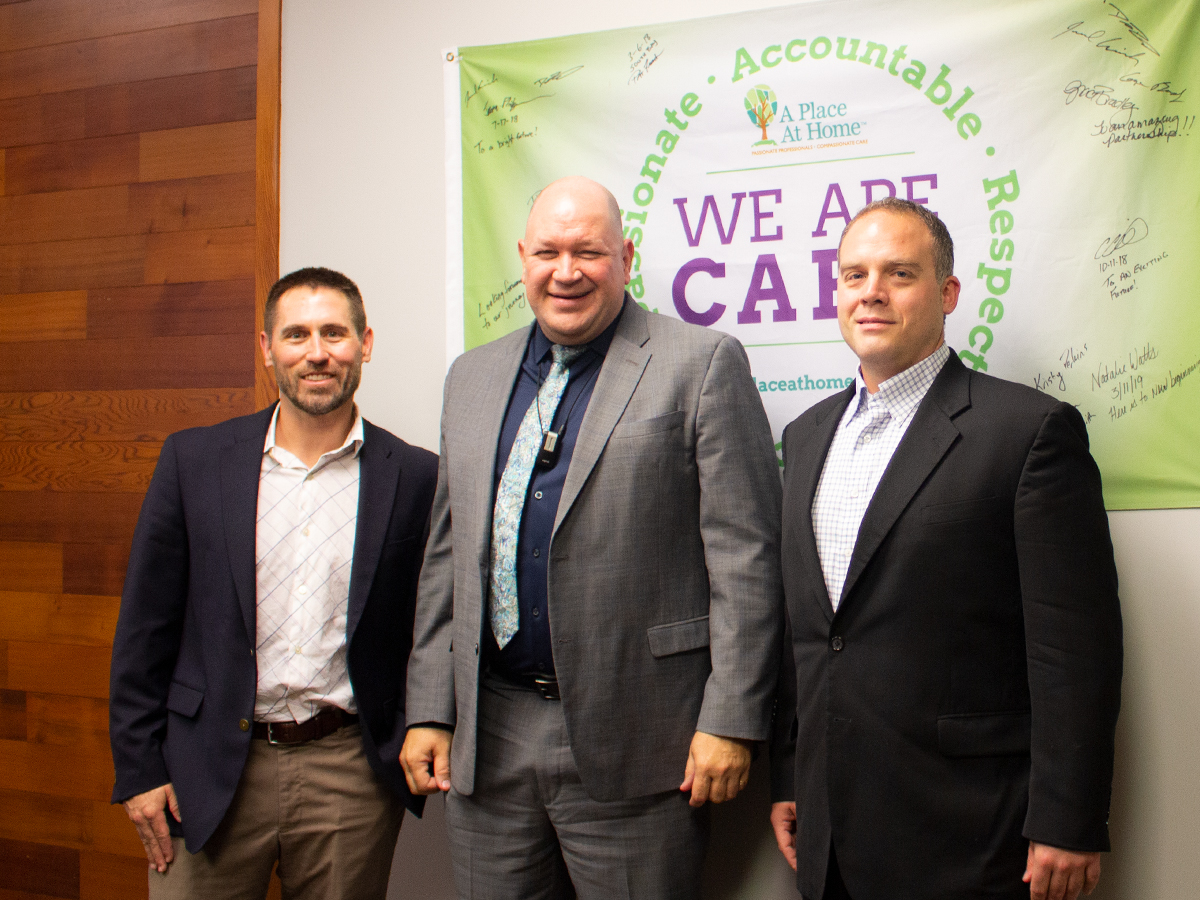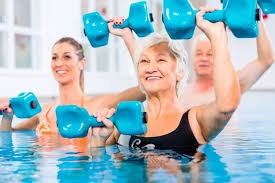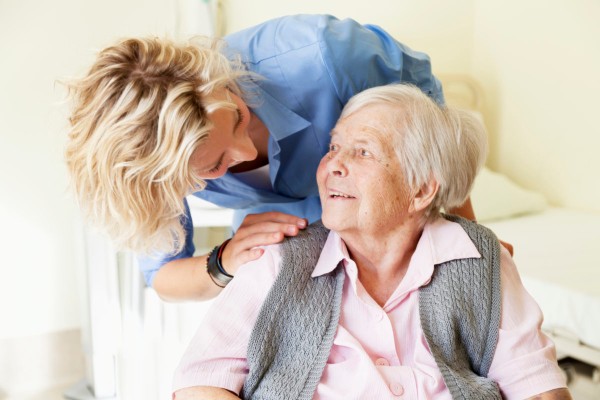The American Heart Association’s (AHA) Go Red for Women movement encourages everyone to take action! Wear red on February 7th to help raise awareness and fight heart disease in women.
The day before National Wear Red Day, a member of our team tragically lost a dear friend to a heart-related issue. The A Place At Home team came together today and wore red to support and raise awareness of cardiovascular disease. It is the leading cause of death among women and claims more lives than all forms of cancer combined.
The Heart Disease Myth
Heart disease and stroke have long been associated as an older man’s disease. In order to dispel this myth, the AHA created the Go Red For Women initiative to empower women to take charge of their heart health. Taking charge of your heart health will help reduce the tragic results of cardiovascular disease and stroke.
Along with having a balanced diet and being active, real health includes getting enough sleep, practicing mindfulness, managing stress, and engaging socially. Moving towards better habits helps build better health. AHA has a tool called My Life Check where you can take a health assessment to guide you toward ideal heart health habits.
My Life Check Assessment
Once you create an account, the assessment takes under 5 minutes. Your results will give you areas to focus on, areas to improve and areas to celebrate. Even tackling one new habit at a time sets you in the right direction and helps you avoid getting overwhelmed.
Make it a Top Priority
A women’s to-do list can seem never-ending. Making time to care for your heart by monitoring your diet and a minimum of 30 minutes of exercise several days a week can be the ticket to fighting heart disease. There is real preventative power within your lifestyle habits.
While heart disease may not seem like a reality to you because you haven’t experienced loss in your family, it doesn’t make you immune. Read these real stories of survival from women that fought for their lives and want to inspire you to take action.
Join the Movement
The Go Red For Women movement has raised $540 million. These donations help support research, education, advocacy, prevention, and awareness programs. In honor of our team member’s friend who lost her life much too soon, please join us in spreading awareness today. You can also take action every day to protect your own health.
To donate to the cause visit AHA.









